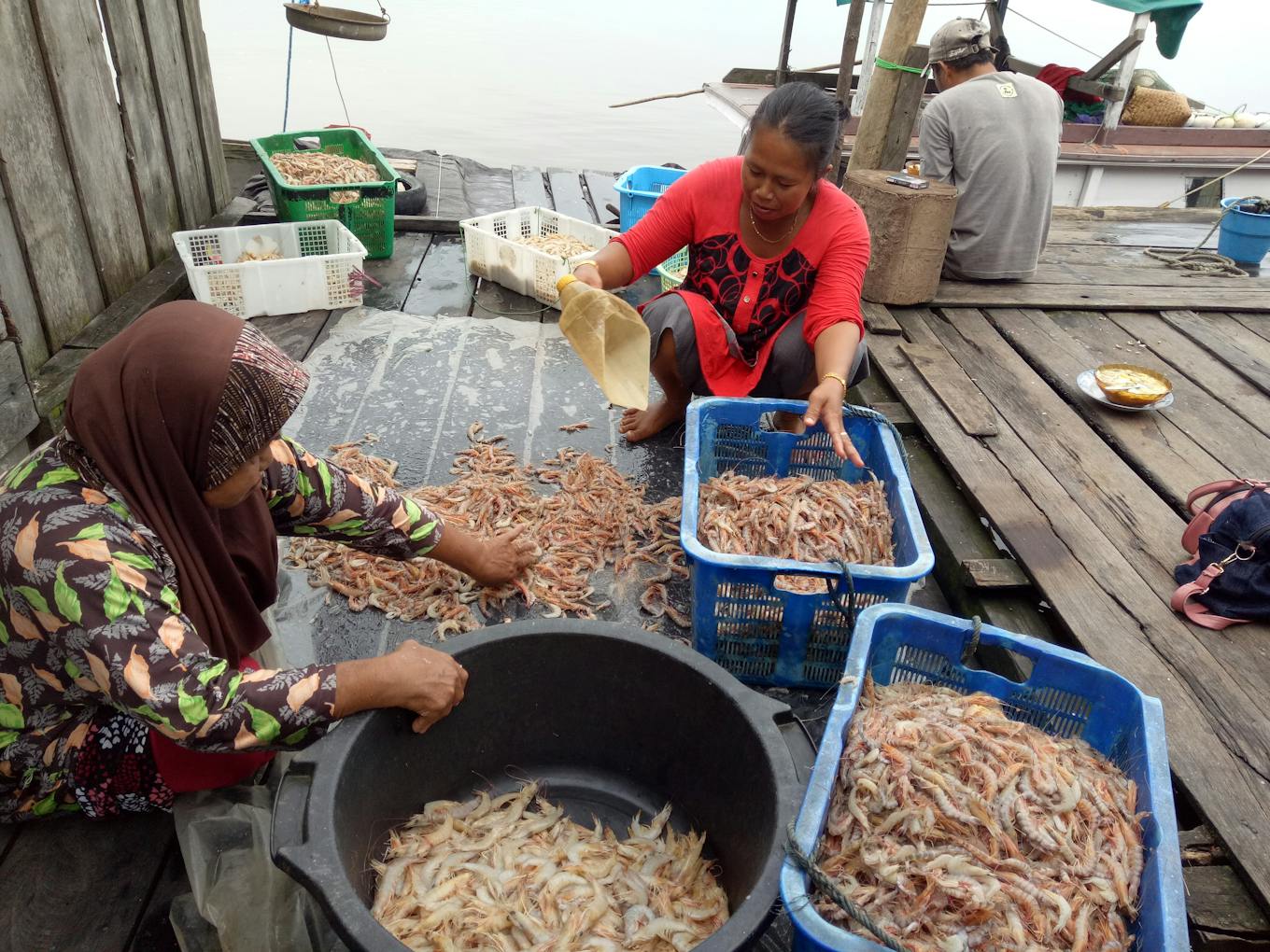A peat swamp protection project in Central Kalimantan in Indonesia is the first in the world to be certified as advancing all 17 United Nations (UN) Sustainable Development Goals.
The Rimba Raya Biodiversity Reserve in southern Borneo consists of about 64,500 hectares of tropical peat swamp forest and became an REDD+ (Reducing Emissions from Deforestation and forest Degradation) project supplying carbon credits in 2009.
REDD+ is a mechanism developed under the UN Framework Convention on Climate Change that incentivises the conservation of forests by creating a financial value for the carbon they store.
Already the one of the largest REDD+ projects in the world, Rimba Raya became the first forest conservation project to be certified under standards organisation Verra’s new Sustainable Development Verified Impact (SD VISta) standard last month.
InfiniteEARTH, the project developer and carbon credits supplier with an office in Hong Kong, believes the new certification will meet the needs of companies seeking top-quality carbon offsets for their unavoidable greenhouse gas emissions.
Because carbon offsets are voluntary, many companies that buy credits want to pick projects that achieve a range of additional benefits, such as better health and education for the community, said Jim Procanik, the co-founder of InfiniteEARTH. “Price is not the primary consideration, it’s more about quality,” he said.
In general, carbon credits of the highest quality can command prices that are double or triple that of lower quality credits, said Procanik. A carbon credit represents a tonne of carbon-dioxide equivalent and a high-quality credit could range from US$6 to about US$9, depending on the vintages (the year in which emissions were saved) and quantity purchased.

A village enterprise making shrimp paste under the Zu-Per brand name has generated more income for residents. Image: Rimba Raya Biodiversity Reserve, an InfiniteEARTH project
The SD VISta certification will be tagged to Rimba Raya’s carbon credits that are certified under Verra’s Verified Carbon Standard. Procanik said buyers of credits with the tag could be oil companies, technology and financial firms.
InfiniteEARTH counts tech giant Microsoft and financial services provider Allianz among its credit buyers. Its carbon credits are also triple-gold certified under the Climate, Community and Biodiversity (CCB) Alliance Standard, which means they achieve exceptional benefits in the areas of climate, community and biodiversity.
Procanik said the SD VISta standard goes into greater detail than the CCB standards, but does not see the latter being replaced as it is “pretty well entrenched”. The CCB standards are managed by Verra and were developed by a partnership of non-governmental organisations including The Nature Conservancy and Wildlife Conservation Society.
A Verra spokesperson said projects are not required to advance all 17 Sustainable Development Goals in order to achieve SD VISta certification. Nor is there a minimum number of goals that projects have to advance in order to be certified.
Creating ‘sustainable economic opportunities’
Around 10,000 people live in and along the boundaries of the Rimba Raya Biodiversity Reserve, which is adjacent to Tanjung Puting National Park, a popular tourist destination that is home to wild and semi-wild orang utans.
Rimba Raya—which operates under an “ecosystem restoration” licence from the Indonesian government—and Tanjung Puting are surrounded by oil palm plantations, whose expansion has resulted in extensive loss of Indonesia’s forests in recent decades. Rimba Raya will avoid more than 120 million tonnes of carbon emissions in the project’s 30-year lifetime.
Auditors from Aenor, the Spanish Association for Standardisation and Certification, confirmed that Rimba Raya promotes sustainable development goals such as “life on land”, “quality education” and “clean water and sanitation” through various ways.
Rimba Raya conducts mangrove restoration and peat swamp reforestation, operates a floating clinic along the Seruyan River, dishes out scholarships to less fortunate families, and financially supports the Orangutan Foundation International, among other initiatives.

The floating clinic along Seruyan River. Image: Rimba Raya Biodiversity Reserve, an InfiniteEARTH project
It employs over 70 employees in the field, the majority of whom are members of the community, Procanik told Eco-Business. They liaise with villagers, do planting as well as forest and biodiversity monitoring.
The bulk of funds derived from carbon credits goes towards creating “sustainable economic opportunities” instead of cash handouts, he said. “We try to do it via businesses or infrastructure, health or education because if carbon markets were to collapse, our impact would last,” he explained.
Protection and restoration of forests and coastal ecosystems are among the nature-based solutions to fight climate change. Such solutions are massively underfunded but conservationists say they can provide one-third of the emissions reductions needed to meet the goals of the Paris Agreement.
While there is more supply of carbon credits than demand, interest in offsets has never been higher and the situation could be reversed quickly, said Procanik. “If large companies come in—oil or consumer products companies or airlines—they could use up most of the inventory in a short period of time,” he said.
Big names that have made climate pledges this year include Google, which said last month that it had erased its carbon legacy using high-quality carbon offsets, and coffee company Nespresso, which said it would be carbon neutral across its supply chain and product life cycle by 2022. It plans to ensure every cup of Nespresso coffee is carbon neutral by reducing emissions, planting of trees in and around coffee farms, and offsets.
Besides Rimba Raya, innovation in carbon offsetting is happening elsewhere in Southeast Asia. Last year, Eco-Business reported that under a pilot project by non-governmental organisation Conservation International, the Philippines could be home to the first blue carbon project in Asia Pacific that uses a ground-breaking method to calculate the amount of carbon stored in mangroves.

















